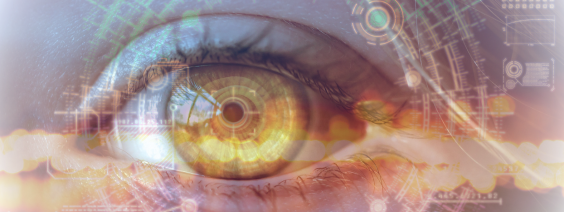We are proud to announce our upcoming pilot project, set to be initiated in the fall, which aims to utilize pupillary reaction as a diagnostic tool for concussions, leveraging the power of artificial intelligence (AI).
Concussions remain a significant challenge in various high-contact sports and everyday activities. Recognizing the need for improved diagnostic capabilities in this area, we are excited to embark on this venture into the field of diagnostics. By harnessing the potential of pupillary function as a key indicator, we aim to simplify the process of diagnosing concussions and enhance the overall well-being of athletes and individuals at risk.
The eye’s responsiveness and functionality often undergo notable changes in connection with a concussion. Therefore, we believe that exploring this area will greatly contribute to streamlining the diagnosis of concussions, ultimately leading to timely and accurate interventions.
During this pilot project, we will assess individuals’ pupillary function before and after engaging in high-contact activities. By comparing the pre- and post-activity pupillary reactions, we aim to gather invaluable data to develop a robust diagnostic model. By leveraging AI algorithms and advanced data analysis techniques, we will be able to interpret pupillary responses with greater precision and accuracy.
This pilot project represents a significant step forward in our mission to enhance healthcare diagnostics through cutting-edge technology. We are confident that our approach, combining the power of pupillary reaction analysis and AI, will provide a reliable and efficient tool for diagnosing concussions. By establishing a strong foundation in high-contact sports, we can expand our reach to other domains where concussions are prevalent.
